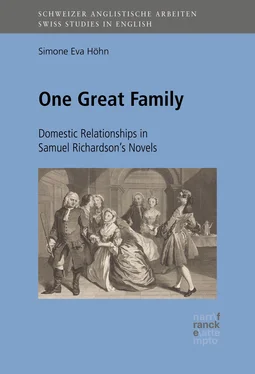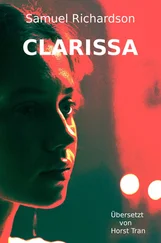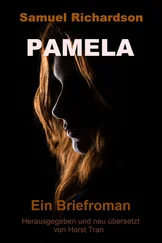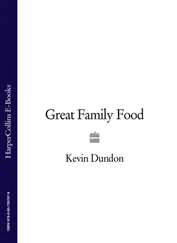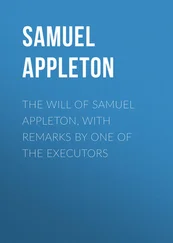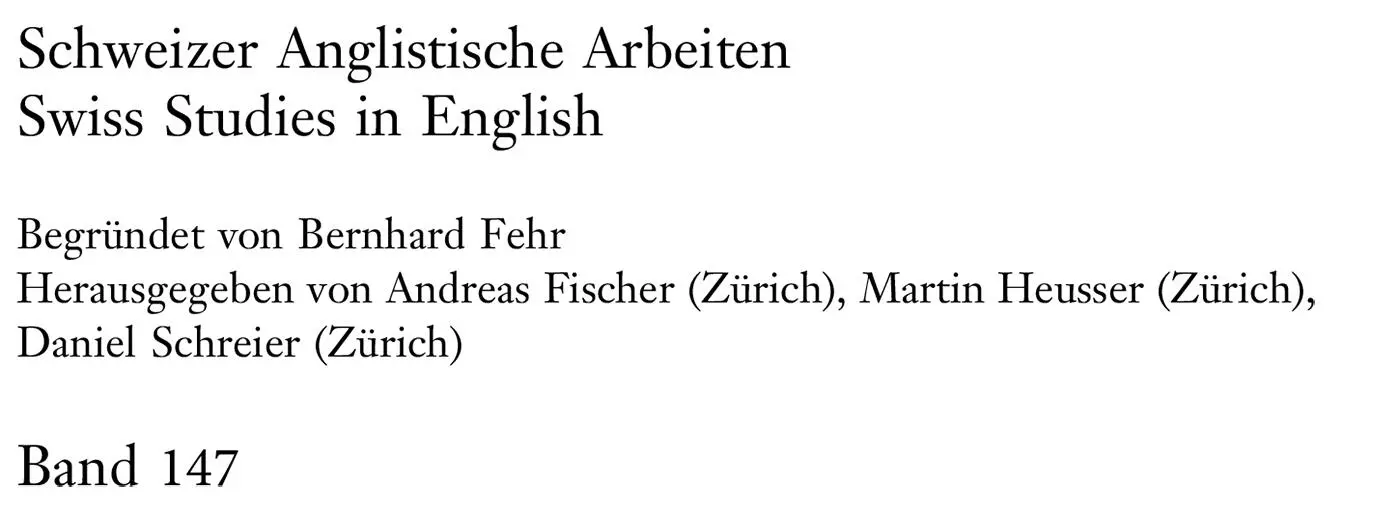
Simone Eva Höhn
One Great Family: Domestic Relationships in Samuel Richardson’s Novels
Narr Francke Attempto Verlag Tübingen

Umschlaggestaltung: Martin Heusser, Zürich
Umschlagabbildung: Pamela vraagt Sr. Jacob Swinford om zijn zegen , Louis Truchy nach Joseph Highmore, 1845. Rijksmuseum, Amsterdam.
Simone Eva Höhn, ORCID: https://orcid.org/0000-0003-1283-4582
Die vorliegende Arbeit wurde von der Philosophischen Fakultät der Universität Zürich im Herbstsemester 2018 auf Antrag der Promotionskommission Prof. Dr. Allen Reddick (hauptverantwortliche Betreuungsperson) und Prof. Dr. Fritz Gutbrodt als Dissertation angenommen.
DOI: https://doi.org/10.2357/9783772057311
Publiziert mit Unterstützung des Schweizerischen Nationalfonds zur Förderung der wissenschaftlichen Forschung.
© 2020 · Simone Eva Höhn
Das Werk ist eine Open Access-Publikation. Es wird unter der Creative Commons Namensnennung – Weitergabe unter gleichen Bedingungen | CC BY-SA 4.0 ( https://creativecommons.org/licenses/by-sa/4.0/) veröffentlicht, welche die Nutzung, Vervielfältigung, Bearbeitung, Verbreitung und Wiedergabe in jeglichem Medium und Format erlaubt, solange Sie die/den ursprünglichen Autor/innen und die Quelle ordentlich nennen, einen Link zur Creative Commons-Lizenz anfügen und angeben, ob Änderungen vorgenommen wurden. Die in diesem Werk enthaltenen Bilder und sonstiges Drittmaterial unterliegen ebenfalls der genannten Creative Commons Lizenz, sofern sich aus der am Material vermerkten Legende nichts anderes ergibt. In diesen Fällen ist für die oben genannten Weiterverwendungen des Materials die Einwilligung des jeweiligen Rechteinhabers einzuholen.
Narr Francke Attempto Verlag GmbH + Co. KG
Dischingerweg 5 · D-72070 Tübingen
Internet: www.narr.de
eMail: info@narr.de
ISSN 0080-7214
ISBN 978-3-7720-8731-8 (Print)
ISBN 978-3-7720-0123-9 (ePub)
A scholar’s labour is often lonely; without a sustaining network, it would be not only arduous, but impossible. Over the years, I have been able to rely on more people than I can name here for their friendship as well as practical help.
First and foremost I would like to thank my supervisors, Allen Reddick and Fritz Gutbrodt, for their encouragement and support. I also thank my fellow Early (and not so early) Modernists of the University of Zurich for their suggestions and companionship – notably Lilly Stamp, who shared an office with me as well as an interest in almost forgotten eighteenth-century texts, Antoinina Bevan Zlatar, Cyril Caspar, Deborah Frick, and Mark Ittensohn. Thanks are due to the Early Modernists of the Conférence Universitaire de la Suisse Occidentale for their hospitable reception of their colleagues from the East. Scholars from other fields have provided either helpful suggestions or useful distractions, as the case might be; in both regards, I am particularly indebted to Martin Mühlheim. Finally, I would like to thank the Swiss National Science Foundation for financing the publication of this book.
My warmest gratitude is due to my friends, who shared with me the gifts of love, understanding, and respect. With regard to my family, I know no higher praise than to say that being dutiful to my parents even according to Richardson’s standards would be an easy burden, and that my brothers are the very opposite of James Harlowe.
In the following pages, the long s has been silently modernized, and extra spacing before punctuation marks has been removed. When quoting the first sentence of a chapter, the convention of capitalising the first word has not been retained. Otherwise, quotations from eighteenth-century editions remain unchanged.
A few years before the publication of Samuel Richardson’s last novel, he and his young friend Hester MulsoMulso, Hester, correspondent of Richardson, later Hester ChaponeChapone, Hester see also Mulso, Hester, conducted a debate in letters on filial duty, she generally taking the side of children, he of parents. Richardson had invited Mulso to put her views in writing. She did so, as she wrote in the first letter (Oct 12, 1750)1, “to expose my opinions to you, in order to have them rectified by you” (Mulso 205). As it turned out, Mulso’s opinion was not easily “rectified”. By the third and last letter of her side of this exchange, she even began to doubt that he had any need to correct her. She writes that “I began to perceive (at least I thought I did) that we were both on the same side of the question” (227). To make sure of this, however, she systematically rehearses the questions which had spawned their debate in the first place. In a passage which reflects not only the debate itself, but also the mode in which it had been conducted, she writes:
But that I may know with certainty how far we agree or differ, will you give me leave, for once, to be a saucy girl, and catechise my adopted papa? Though indeed I do not mean to do it saucily, but really and truly for my information. For when you left it to me to make the applications, inferences, and conclusions, from all the quotations, stories, and observations you produced, you left me a task which would have been much better performed by yourself; my head is not clear enough to do it as I ought. Permit me then, my dear sir, to put it upon you to decide on the questions I am going to put: and when I have your positive answer to these, I shall know whether we have all this while been arguing about words, and whether what Mr. LockeLocke, John calls honour , what I called gratitude , and what you called duty , be indeed the same thing or not. (228)
It is no coincidence that the terms whose meaning is so disputable are “honour”, “gratitude”, and “duty”. All three define the moral obligation of children towards parents, but perceived from different angles. “Honour” specifies the form which filial “duty” should take, and “gratitude” specifies what such behaviour is based on, while the term “duty” emphasizes adherence to rules. Ideally, these concepts prove mutually reinforcing, but they can also come into conflict. MulsoMulso, Hester, correspondent of Richardson’s word “gratitude”, for example, indicates her preference for viewing a child’s “duty” as the natural response to parental kindness when it occurs , while Richardson’s “duty” shows his reluctance to admit a factor of variability into filial obligations. Mulso’s disclaimer – “I do not mean to do it saucily, but really and truly for my information” – is therefore less innocuous than it might look at first. Her inquiry aims to distinguish, at least in the context of this debate, terms which are frequently mixed – in order to define the basis of a child’s duty and, thus, its limits. The ‘testing ground’ for these limits is Richardson’s second novel, Clarissa.
Richardson’s anxiety that his readers draw the correct “inferences” from his novels is well-documented (e.g. TaylorTaylor, E. Derek, Reason and Religion 60). Indeed, some of the rules to be deduced from his texts are specified at the beginning and ending of his books. In Pamela , these teachings appear in their least subtle form, as a list whose lack of complexity perhaps justifies the ironic or apologetic way in which critics tend to mention them. The “[a]pplications” that readers should draw from the “[i]ncidents” of Pamela (500), or from his other works, tend to be both general and uncontroversial. The following exhortation is fairly representative: “From the same good Example [of Pamela], let Children see what a Blessing awaits their Duty to their Parents, tho’ ever so low in the World: And that the only Disgrace is to be dishonest; but none at all to be poor” (502). MulsoMulso, Hester, correspondent of Richardson would probably have agreed that Pamela’s parents deserve all the “duty” – or gratitude – she shows them in return for their love and care. This “application” of Pamela’s story is therefore too clear; Pamela has so much reason to respect her parents that little about the limits (if any) of filial duty can be learned from her case.
Читать дальше
